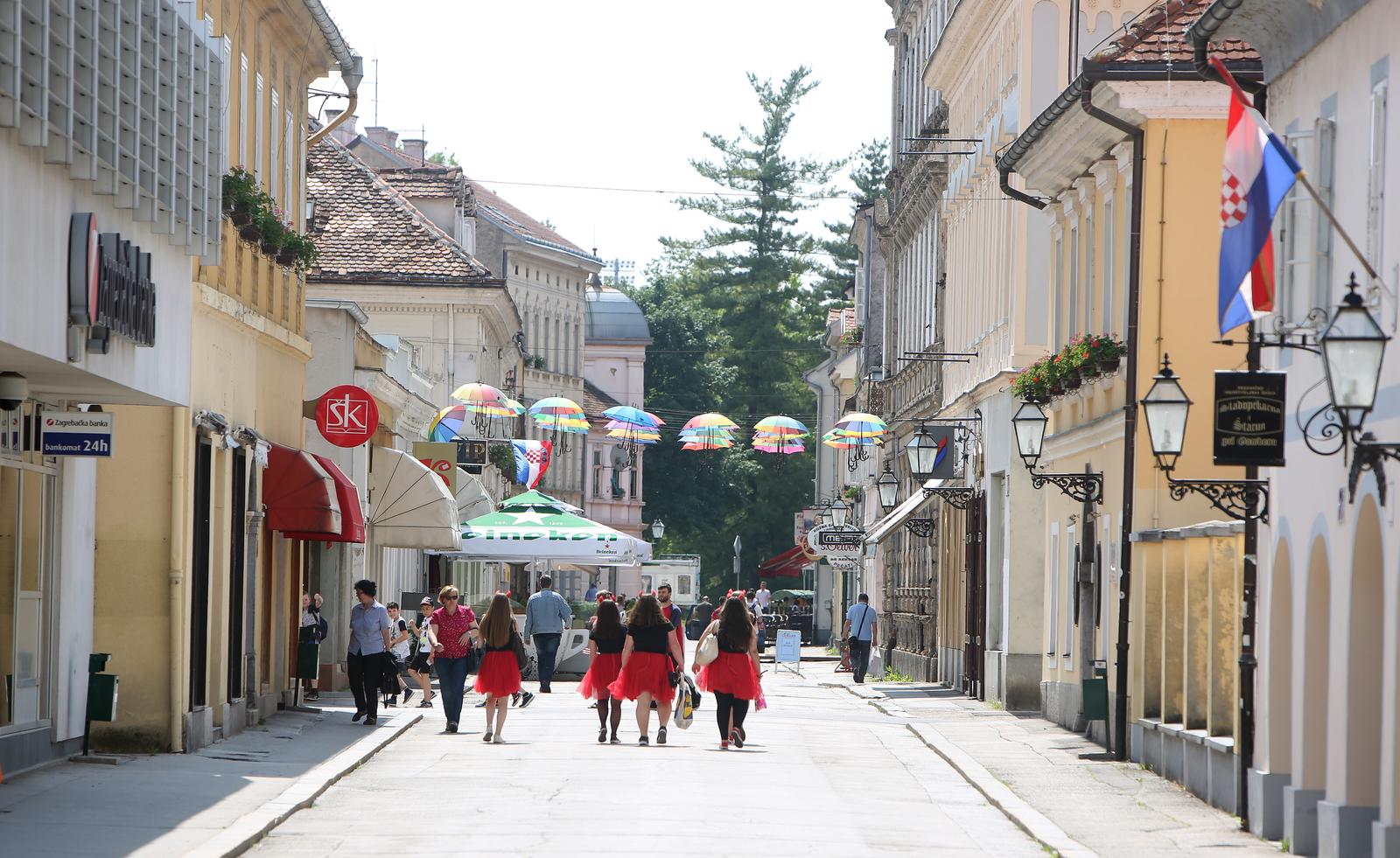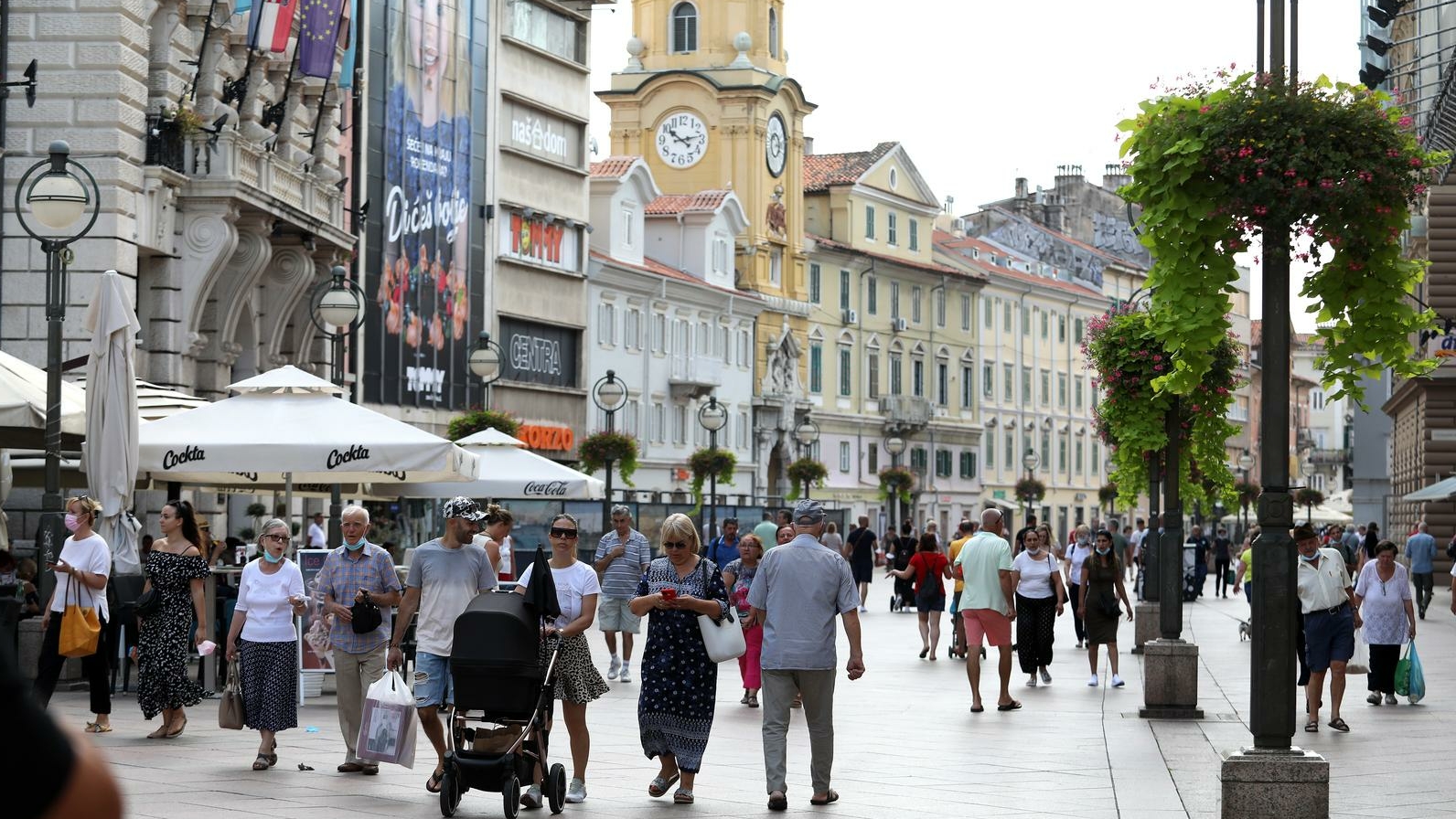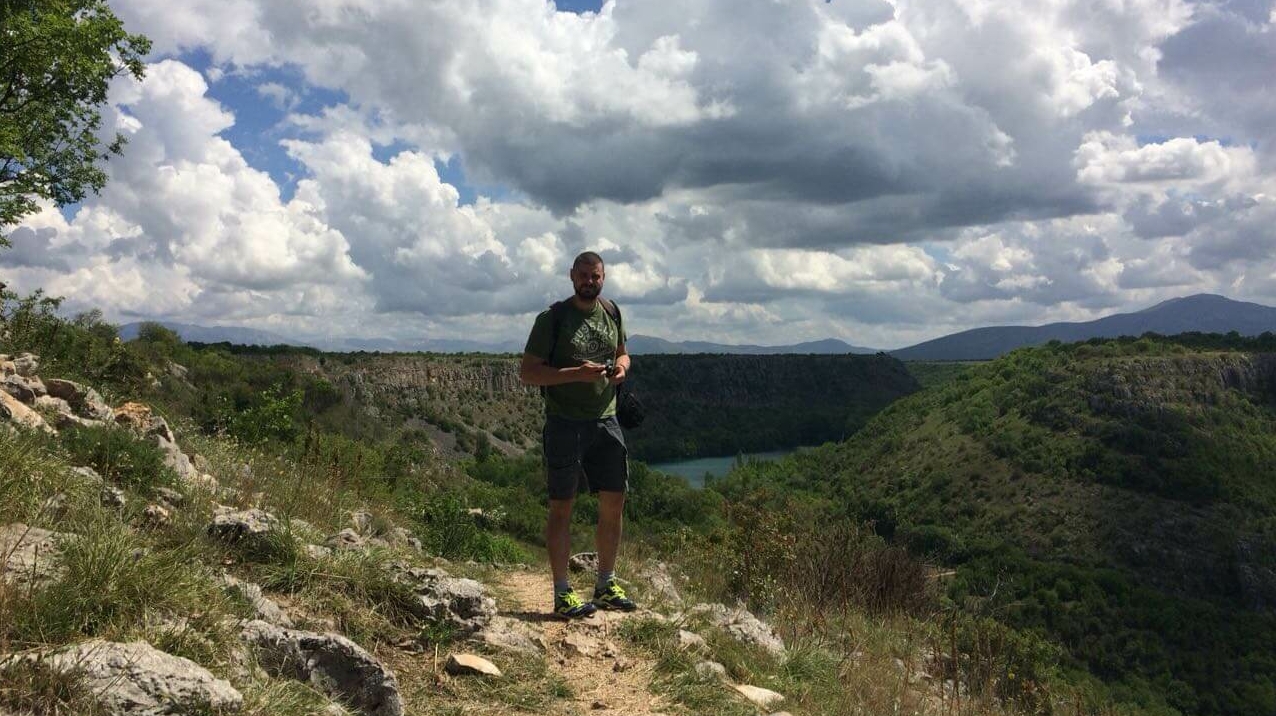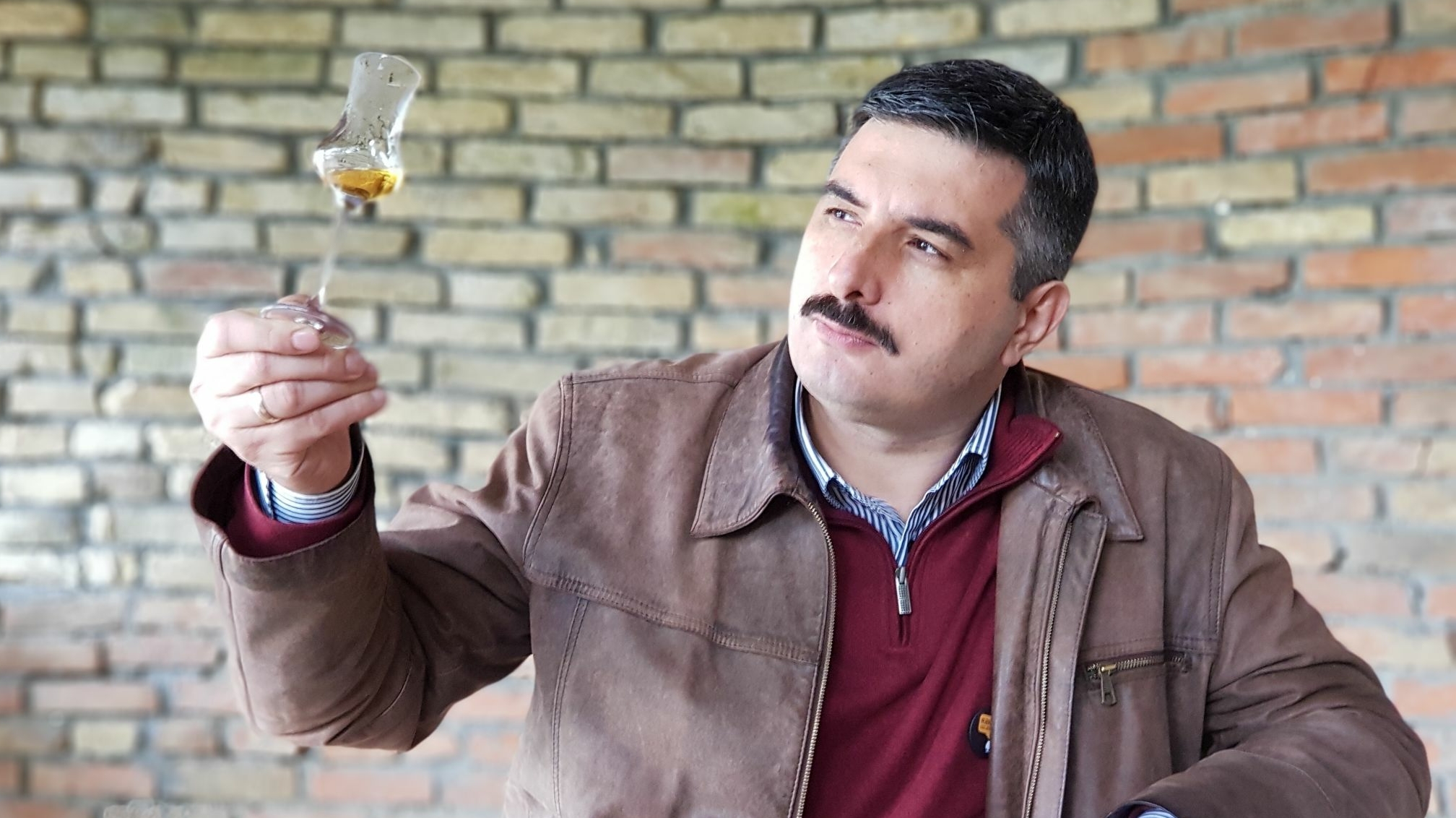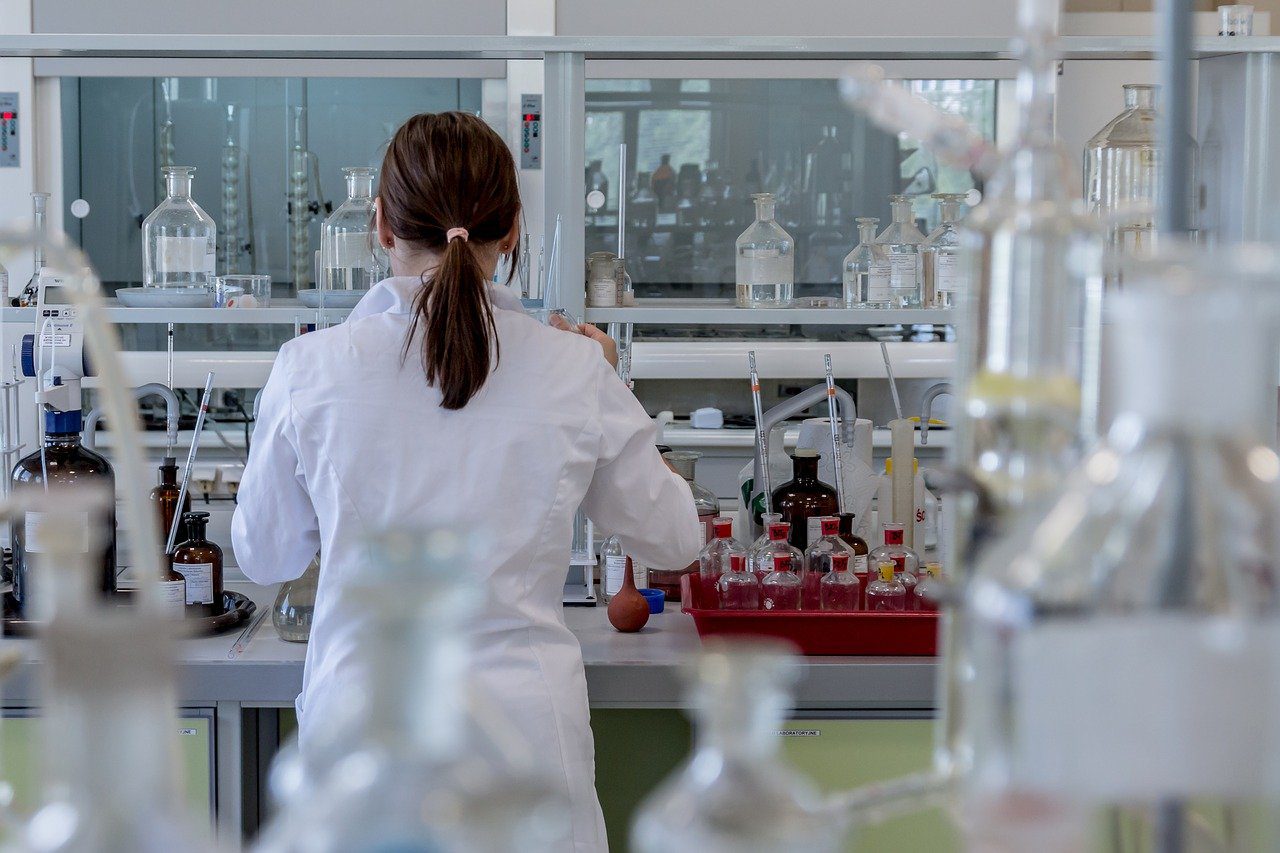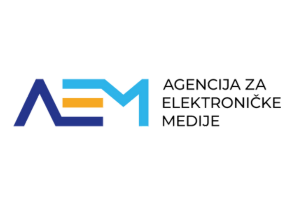It is no wonder one of the streets of Karlovac is named after the inventor Nikola Tesla. Streets, squares and many other things around the world are named after Tesla, in places that have no direct connection to this Lika native, so it is natural that the street next to the Karlovac Power Company is named after the inventor of the alternating current, who attended the Karlovac gymnasium and lived in the city for three years. The problem is that Tesla is one of only two or three Serbs after whom streets or squares in Karlovac are named. It turns out that almost the only way Serbs can have a public area in Karlovac named after them is if they start a technological revolution. The second Serb that gave his name to a public area in Karlovac is the beloved and legendary people’s doctor Gajo Petrović, who also has a memorial plaque in the neighborhood of Banija. We could also mention the Austro-Hungarian general and poet Petar Preradović, a representative of the Croatian national revival who was active at a time when nations were not yet fully formed.
If the city in question were an ethnically homogenous Croatian city, this would perhaps not be unusual. However, until the Croatian War of Independence, Serbs made up a quarter of the population of Karlovac. They are indigenous inhabitants of Karlovac who left a significant mark in the city and the country, a mark that is apparently not indelible, at least on a symbolic level.
The streets as a reflection of social changes
Browsing through the index of Karlovac public areas, the information can be easily checked – except for Tesla and Dr. Petrović, Serbs are nowhere to be seen on that list. Of course, that is not exclusive to Karlovac, but the case of Karlovac can serve as an illustrative example of the treatment of Serbian heritage which is also Croatian, at least for the few remaining inclusive idealists.
As it usually happens, social upheavals also bring a mass renaming of city streets and squares since they signal the value system of a community. After the fall of communism, numerous streets in Karlovac got new names, as reported in Karlovački tjednik. Maksim Gorki Street was renamed to Marmontova Aleja, for example – an uncontroversial fact since the street in question is an arbored street from the period of the French rule, i.e., the rule of Marshal Auguste Marmont. Streets bearing the names of people and events from the domestic or international communist or partisan movement were renamed overnight. Ognjen Prica Street became Dr. Ante Starčević Street, 6th Street became Juraj Haulik Street, Moša Pijade Street was renamed to Senjska Street, Rade Janjanin Street to Kovačićevo brdo, Ivo Lola Ribar Street to Banija Street, Marx and Engels Square to Kralj Petar Svačić Square, VIII Divizija Street to Ivan Meštrović Street, Džemal Bijedić Street to Miroslav Krleža Street, Veljko Vlahović Street to Tin Ujević Street, Viktor Bubanj Street to Marin Držić Street, Nada Dimić Street to Marko Marulić Street, Rade Končar Street to Ljudevit Jonke Street, Lenjinova Street to Matica hrvatska Street, Klobučar Street to Đuro Bencetić Street, Dragutin Drakulić Street to Matija Gambon Street, Janko Mediković Street to Matija Juraj Šporer Street, Marinković Street to Kralj Tomislav Street, Mile Mraović Simić Street to Maksimilijan Vrhovac Street, Božidar Adžija Street to Primož Trubar Street, Petar Erdeljac Street to Kralj Petar Krešimir VI Street, Šarplaninska Street to Velebitska Street, Vuk Karadžić Street to Bartol Kašić Street and so on. Kragujevačka Street, named after the sister city of Karlovac, was renamed to Andrija Hebrang Street.
Interestingly, Žarko Čuić Street was then renamed to Lukijan Mušicki Street. Former Karlovac councilman Čedomir Tatalović told an anecdote at the session of the City Council a few years ago. Someone from the new city government saw the surname Mušicki on a gravestone at the Orthodox cemetery and realized the “mistake” they had made. This street is today named after the writer Isidor Kršnjavi.
Double standards
Overall, those Serbs after whom streets in Karlovac were named between 1945 and 1990 were either deserving members of the communist or partisan movement or people whose importance surpassed the local context, such as Vuk Karadžić. Before the Second World War, streets were named after those Serbs who were important for the regime of the first Yugoslavia – today’s Ivan Goran Kovačić Street was once Vojvoda Stepa Stepanović Street, and Šipuševa Street was Vojvoda Mišić Street. Samostanska Street was once named after the linguist Đuro Daničić.
It is probably acceptable to many that streets are named after city locations, such as Samostanska Street being named as such because a Franciscan monastery is in it. If we accept it is expected and even desirable that streets named after members of the communist and partisan movement are renamed after the fall of communism, it is noticeable that this criterion was applied selectively. Streets named after partisans of Croatian ethnicity would often keep their names, but those named after Serb partisans would not, even though they are Croatian partisans, i.e., partisans from Croatia. Croatian victim of the Ustashe Marko Mušnjak, who was killed in Jasenovac, has a street in Karlovac, and so does Jewish Herta Turza, but not one victim of Serbian ethnicity has their street in Karlovac.
Karlovac suffered destruction in the 1990s, and that can also explain the current index of streets – many simply do not want to live in streets named after Belgrade, Kragujevac, Saint Sava and so on because it brings associations with Serbia’s politics from the 1990s, and they especially did not want to live in these streets during the war. Furthermore, after changes are made and take root, it is often demanding making new changes because it sometimes means thousands of citizens must get new documents. At the same time, the shameful Culture Development Strategy for Karlovac 2014-2024 is still in place. It falsifies the history and culture of Karlovac because it does not mention a single non-Croatian piece of heritage on its list of cultural heritage, thus ignoring, for example, the Church of St. Nicholas or the parish building.
Names for which there is no place
The disproportion between the significance of the Serbian community in the history of Karlovac and its symbolic representation is obvious, so it is worth mentioning some persons of Serbian ethnicity from the history of Karlovac who, although deserving, do not have streets bearing their name.
Serbs started settling the Karlovac area in the 17th century, soon organized the religious, scholastic and economic life of their community and participated in the life and development of Karlovac.
Lukijan Mušicki, who got and then lost his street in democratic Croatia, was a Serbian writer who died in Karlovac in 1837 as the Bishop of the Eparchy of Gornji Karlovac. He was an esteemed intellectual of his age, a supporter of Vuk’s language reform and the author of a Church-Slavonic grammar book. He studied philosophy and law in Pest, then took monastic vows and dedicated himself to work in education.
Vuk’s predecessor in shaping the Serbian language Sava Mrkalj was born in Sjeničak near Karlovac. Austrian general Pavao Radivojević was the first commander of the Karlovac-Varaždin Generalate of Serbian ethnicity and was later the imperial secret adviser and commander of the Kingdom of Lombardy-Venetia in Verona. Petar Popović was the first Serb elected as a representative in the Karlovac government, and Jovan Obradović was the mayor from 1851 to 1857 and from 1862 to 1868, which makes him one of the longest-serving mayors in the history of Karlovac. Important Serbian businessmen in Karlovac were wholesalers and industrialists Jovan V. Barako, Petar and Dušan Sljepčević, Svetozar Ilić… Bishop Simeon Zloković is remembered by both Serbs and Croats as an educated and wise peacemaker, whose death in late 1990 saddened both nations. One of the cultural greats of Karlovac of the 20th century is the priest and historian Milan Radeka, who died in a car accident in 1982. Without him, the history of the area of the Eparchy of Gornji Karlovac would have remained largely unexplored. A street in Belgrade is named after him. Generations have learned from the logic textbook by philosopher Gajo Petrović, cofounder of the magazine Praxis and the Korčula Summer School and, for many, the greatest Croatian philosopher ever. His brother Svetozar became an important figure in the history and theory of literature. The people’s doctor is their uncle. Both Gajos, the uncle and the nephew, have their own memorial plaques. There is the painter Đorđe Petrović, who was from nearby Lasinja and studied in Karlovac. Gojko Nikoliš was a physician, fighter in the Spanish Civil War and general who opposed the policies of Slobodan Milošević and emigrated near the end of his life because of it. There are also the popular singers and Karlovac natives Dušan Jakšić and Dušan Dančuo and sportsmen, such as the footballer Željko Janjanin or some of the famous basketballers of Željezničar Basketball Club.
Of course, they, like many others, are not significant because of their ethnicity, but many of them are held insignificant by the community precisely because of it. With goodwill, this can always be rectified because there is a clear dissonance between the ethnically heterogenous character of the city built by Slovenians by order of the Austrians and further built by Serbs and Croats and the ethnic uniformity reflected in the official symbolism.
Translation from Croatian: Jelena Šimpraga


